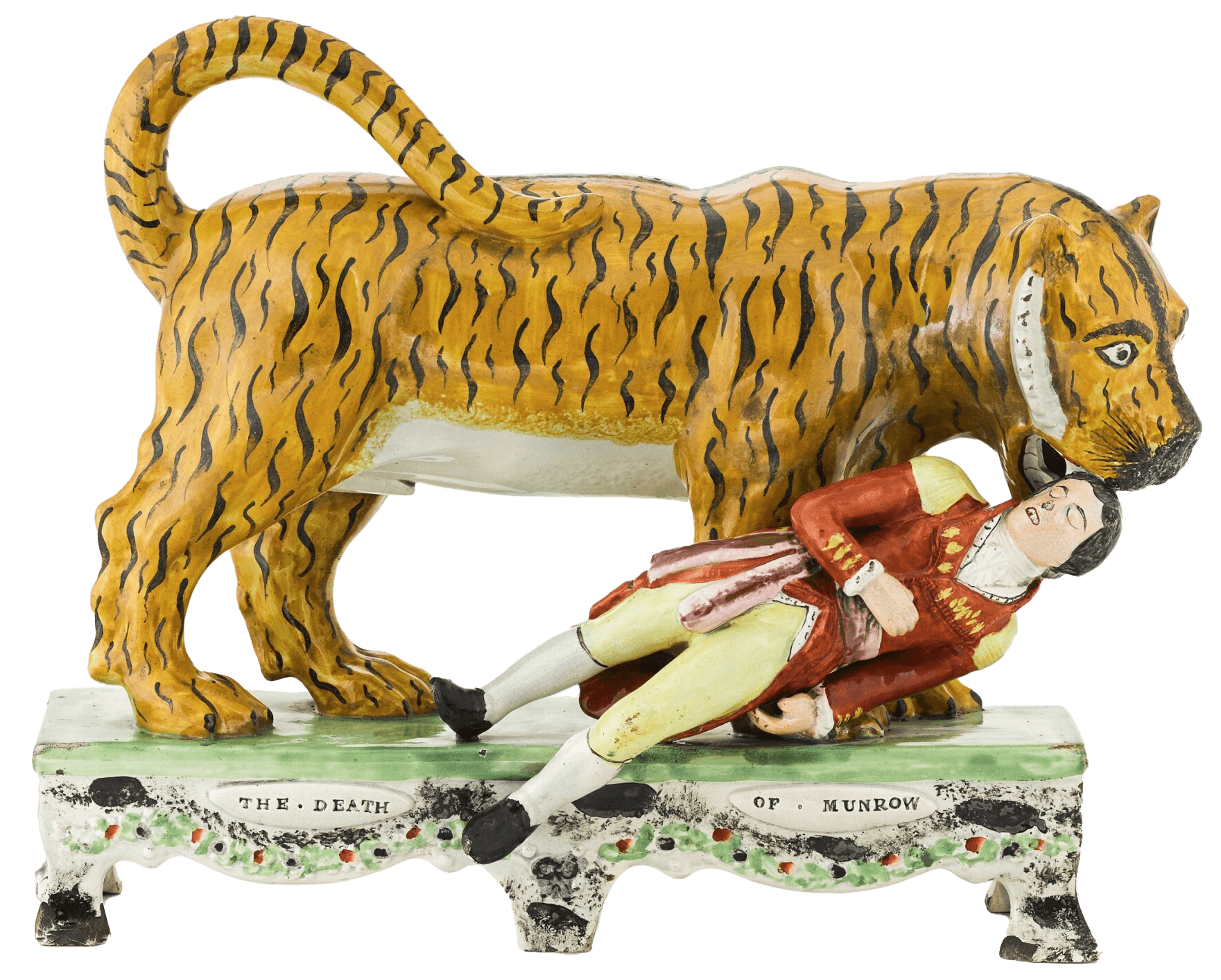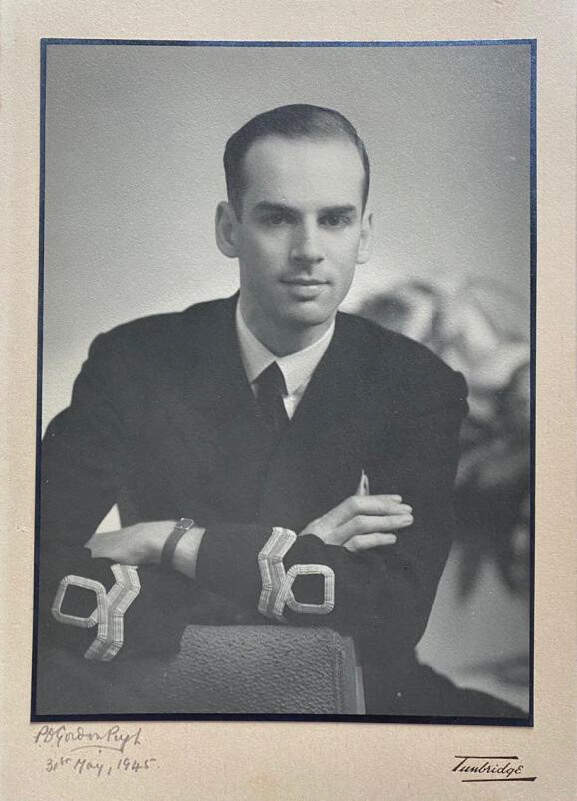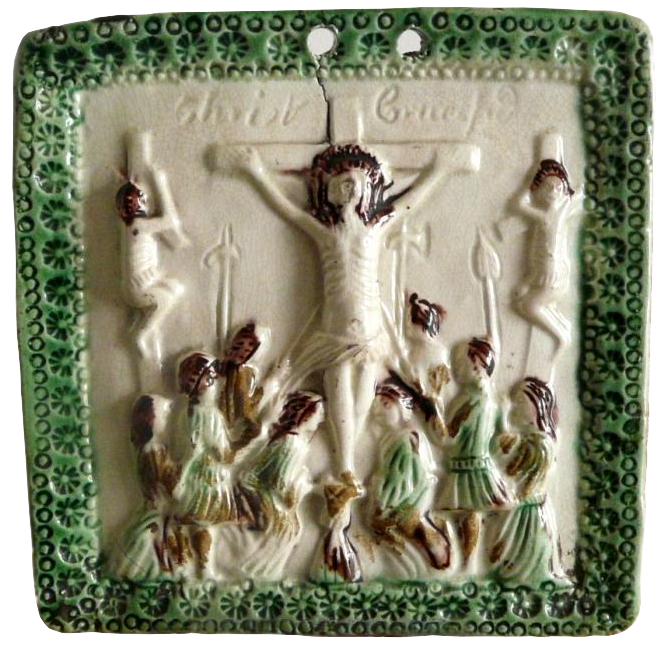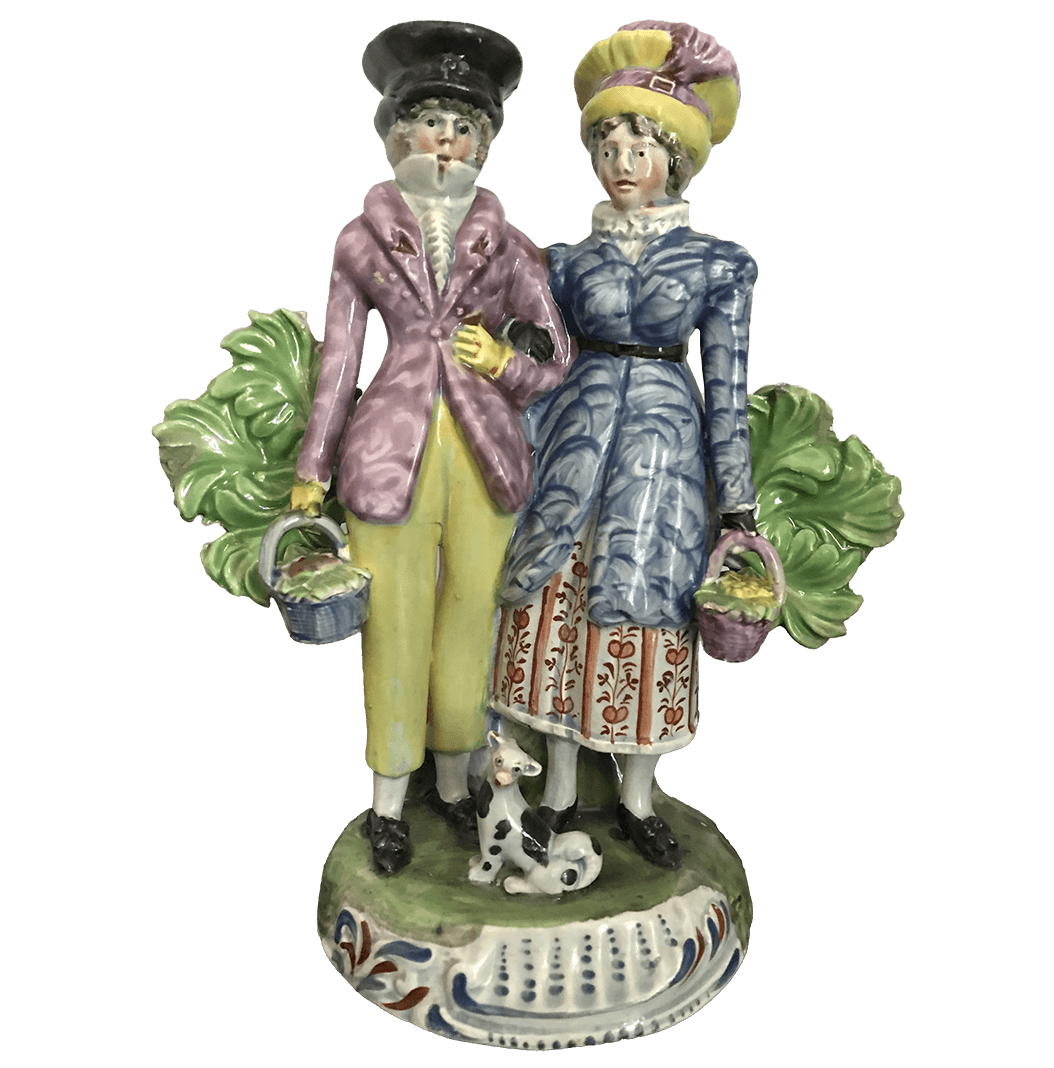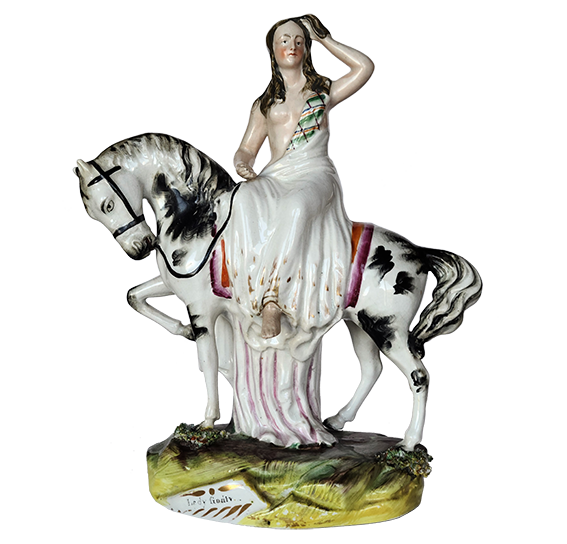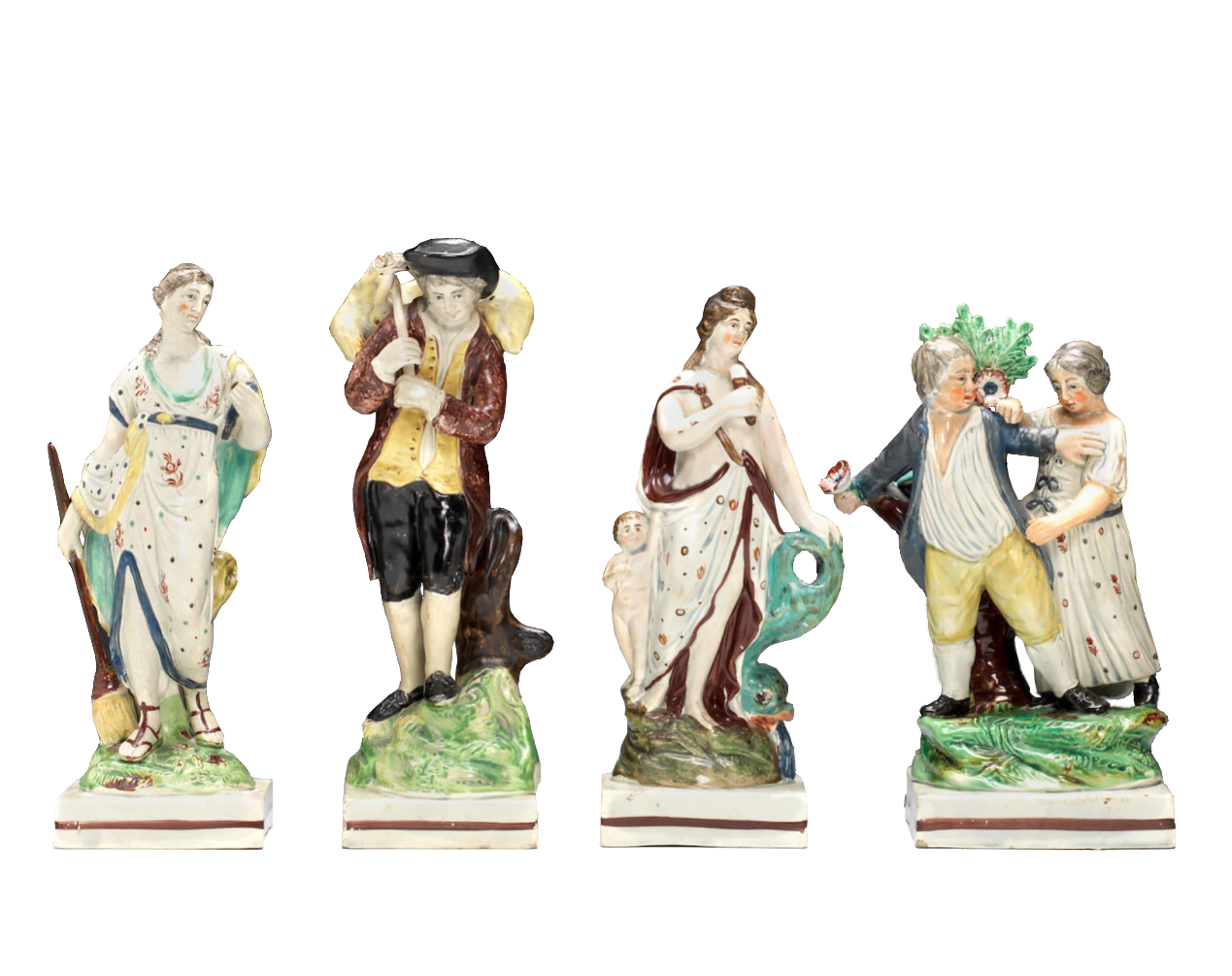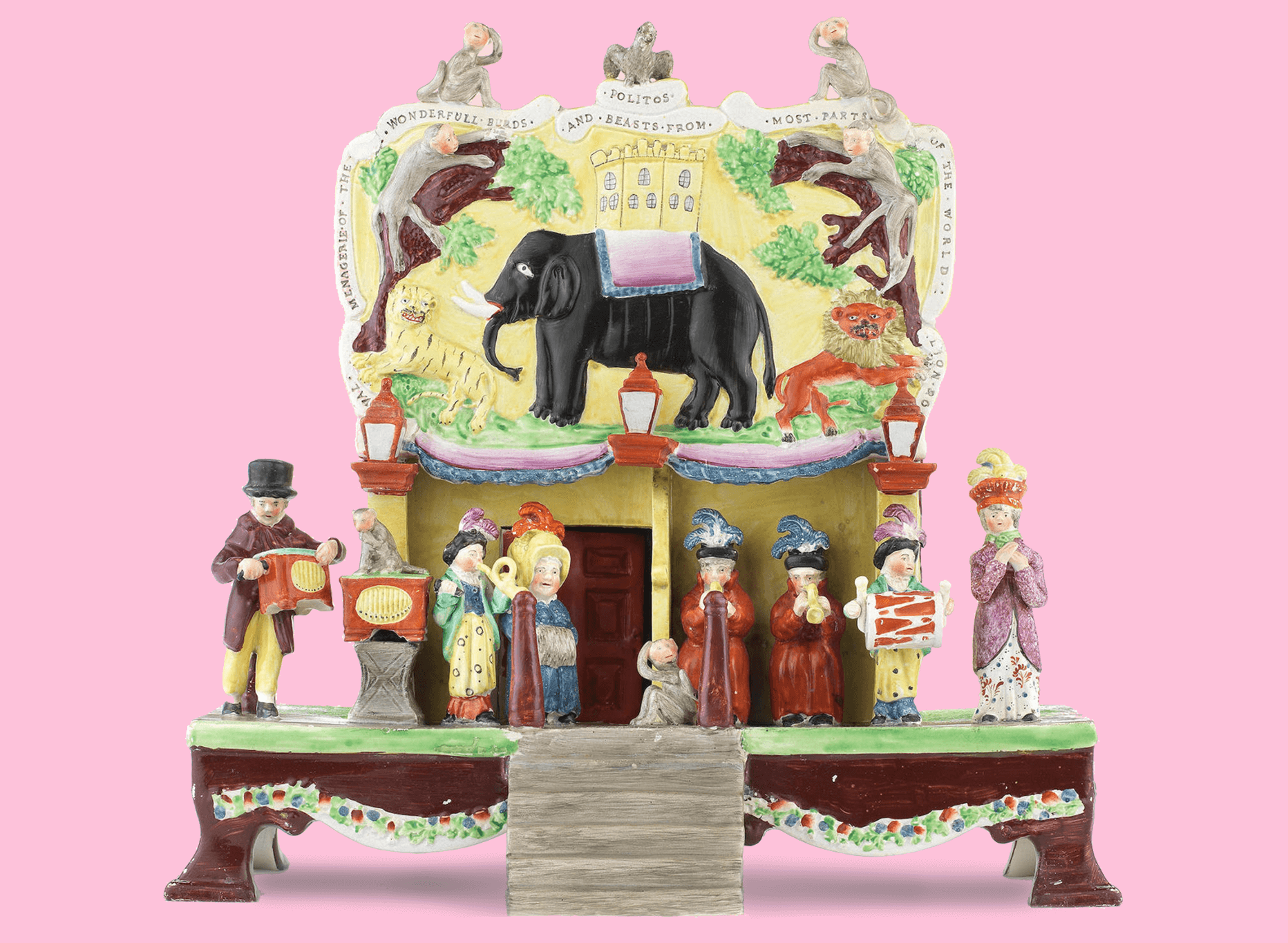For those of us who collect Staffordshire figures and enjoy visiting Portobello Road in London, we may have met Harry Ryans in the Dolphin Arcade at some point, and quite possibly purchased from him.
My intent is not an obituary but a short memoir of my own recollections of Harry and those of a few others. In my book on Staffordshire religious figures I acknowledge him with respect as one of my two main mentors as I became a serious collector. The other was Anthony Oliver of Oliver Sutton and I was fortunate to live from the mid-1960s (and still do) a half mile from Portobello Road and not much further from Oliver Sutton. Only a mile or so further into South Kensington were John Hall and Sheila Wilson, so in the ’70s when I began collecting with my own niche interest there was no better place to be.
But my favourite early Saturday morning expedition was to visit Harry. If he wasn’t at his stall in Dolphin Arcade he would be out trading within a few hundred yards down Portobello and would soon return. He quickly understood my collecting priorities and was the one dealer whom I could always rely on to put aside something he thought would be of interest. Star figures for my collection which I bought from Harry included Lot and his Daughters, a rather risqué Old Testament subject, and an enormous and brilliantly modelled Christ at the Column. But there were plenty of others over thirty years. He also dealt in reverse glass paintings and would have a few on his stand.
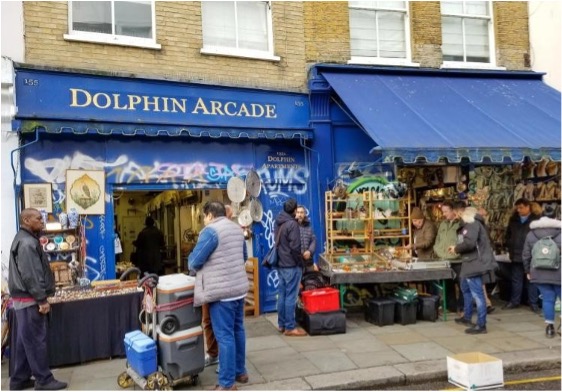
Harry lived in Alexandra Court, Queensgate in South Kensington for his last fifty years. To me at least he seemed a very private man. I was invited to visit his flat only twice. He had only two or three figures on display though was reputed to own the large collection which has now been evidenced. His collection seemed all to be in cupboards and packed in boxes – Elinor Penna has said ‘that’s pretty unique’!
I spoke to two other dealers about him. He was remembered as a dealer who kept himself to himself. But he appreciated kindnesses, and both had illustrations of that. On one occasion late in Harry’s life when he was getting frailer, the dealer had a pair of very large spaniels on his stand at the Kensington Ceramics Fair in the Town Hall. He saw Harry hesitant but seeming to desire them. Harry’s flat was less than half a mile away and the dealer intuited that transport was the problem. He offered to take the pieces to the flat at the end of the day, and Harry accepted gladly and the sale was made.
The other dealer was at a Phillips sale in Bond Street where Harry successfully bid for a glass galleon under a dome. He was struggling to carry it out of the door and the dealer and her partner offered him a lift in their car to his flat in Queensgate. He was so pleased, the first occasion he had shown friendliness to her. He invited both of them in for a coffee and to see his flat. More of his collection must have been on display at that time. He knew one of the two of them dealt in taxidermy and mentioned that someone in a nearby flat had a large pet owl that would sit on his window sill. When they looked out of the window they discovered the owl was plastic and put there to ward off pigeons – Harry couldn’t believe it!
I found Harry’s near sight at least was acute and I could rely on him to point out any repairs to the pieces I bought. My second and last visit was in 2017 when he was 90 years old, and I was able to give him a copy of my just published book. He was frailer than I remembered him from last meeting him several years earlier, but still had the twinkle in his eyes which many will remember so well.
In 2017 Stephen Duckworth published his research in ‘Victorian Staffordshire Pottery Religious Figures – Stories on the Mantelpiece’ through ACC Art Books. For more information he can be contacted by email.



